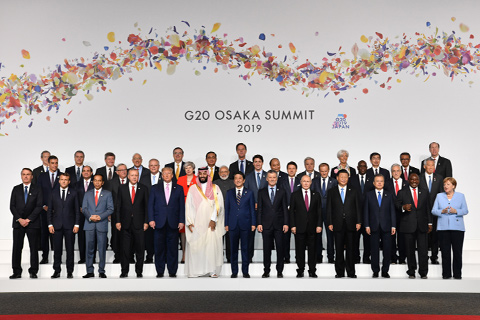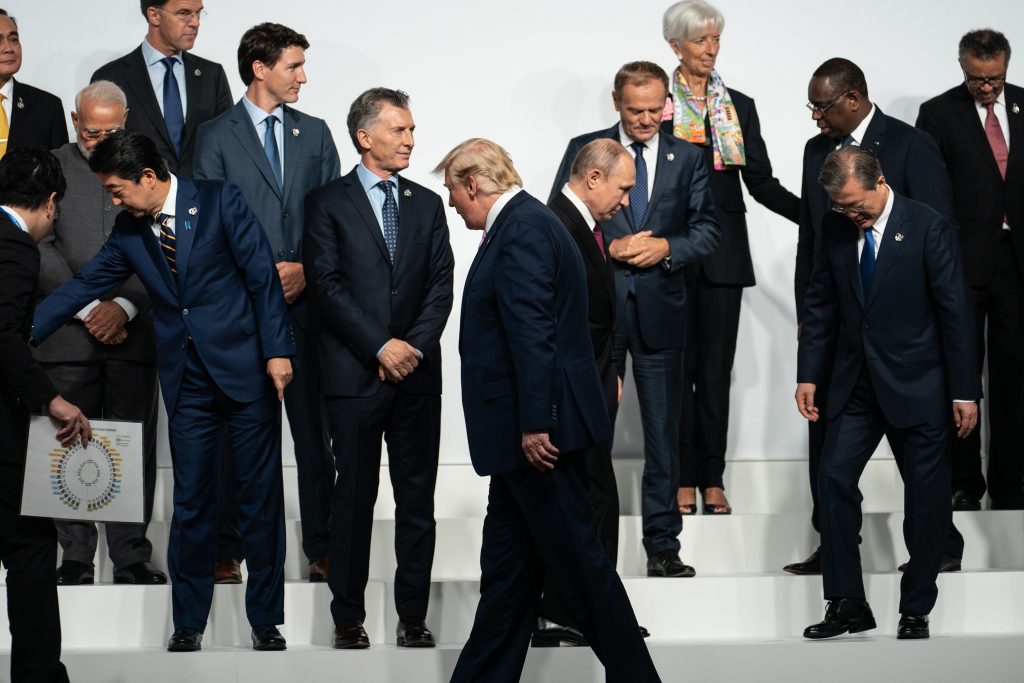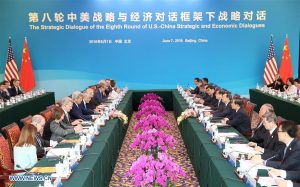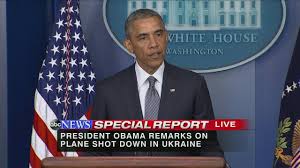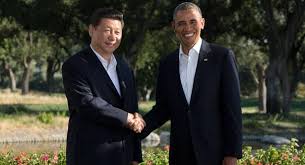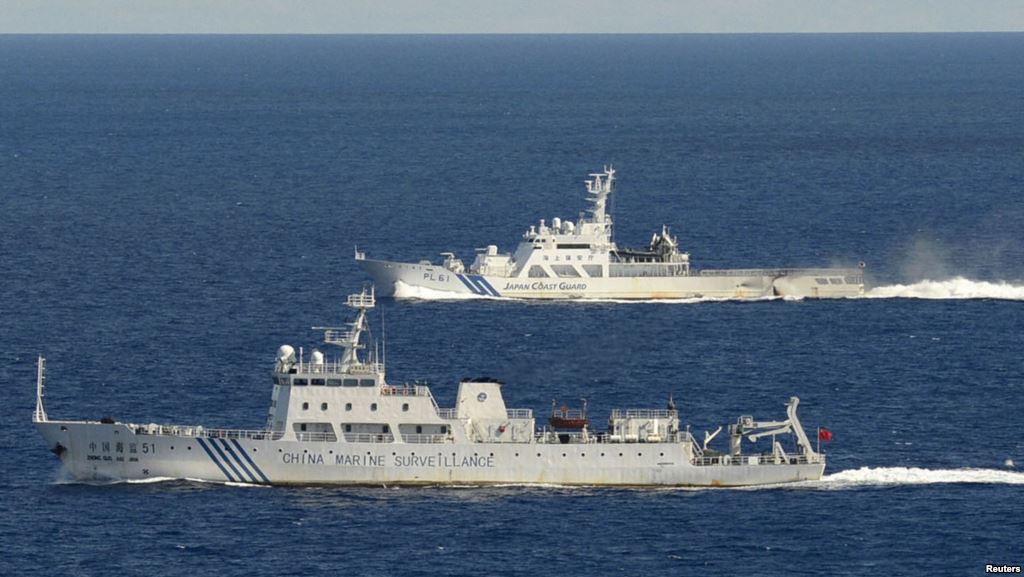So, the Vision 20 principals, Colin Bradford, Brookings, Yves Tiberghien, University of British Columbia and myself, at the Munk School of Global Affairs & Public Policy thought it would be valuable to take a second gaze at the G20 Osaka Summit. This look, of course, occurring following the conclusion of the Summit.
There is little question that the G20 was dominated by the Donald Trump’s ‘reality TV show’ – the meeting and joking with Putin, the dramatic meeting over tariffs with Xi Jinping. And, finally, but certainly not least, the dramatic ‘handshake summit’ with North Korea’s Kim Jong-un at the DMZ. In the end, there was little bandwidth left for any coverage of the collective meetings of the G20, or examination of the Leaders’ Declaration. The Oska G20 reflects the shape – read that as the fragmenting – of the Global Order. But the V20 principals thought to try and draw some conclusions where we could on the state of the order in this chaotic ‘Age of Trump’.

